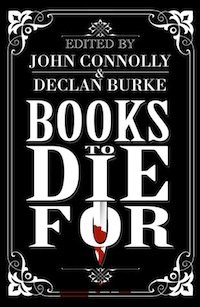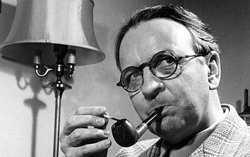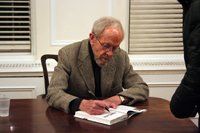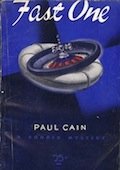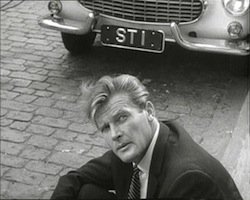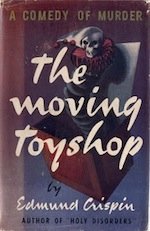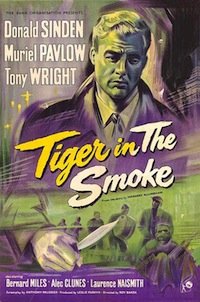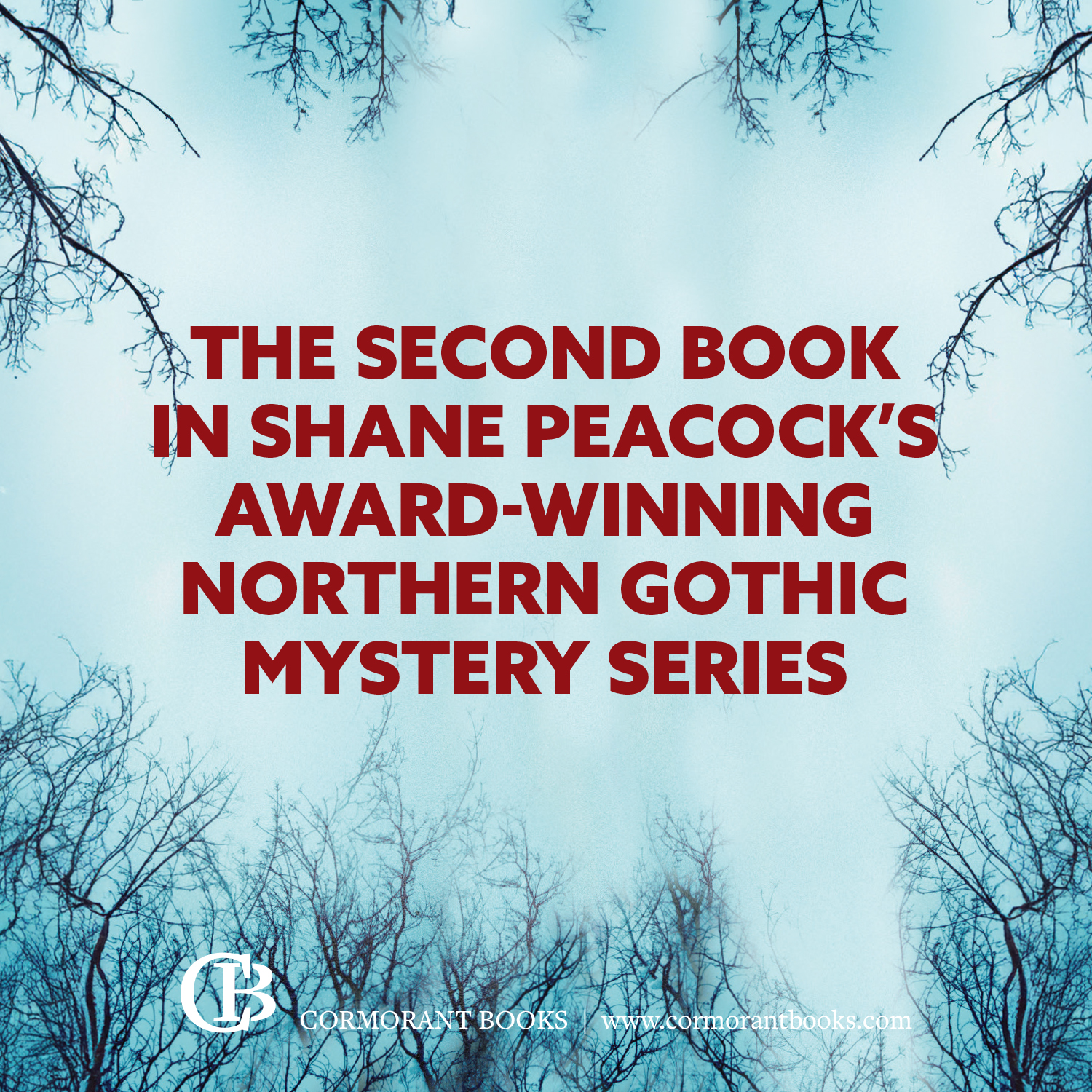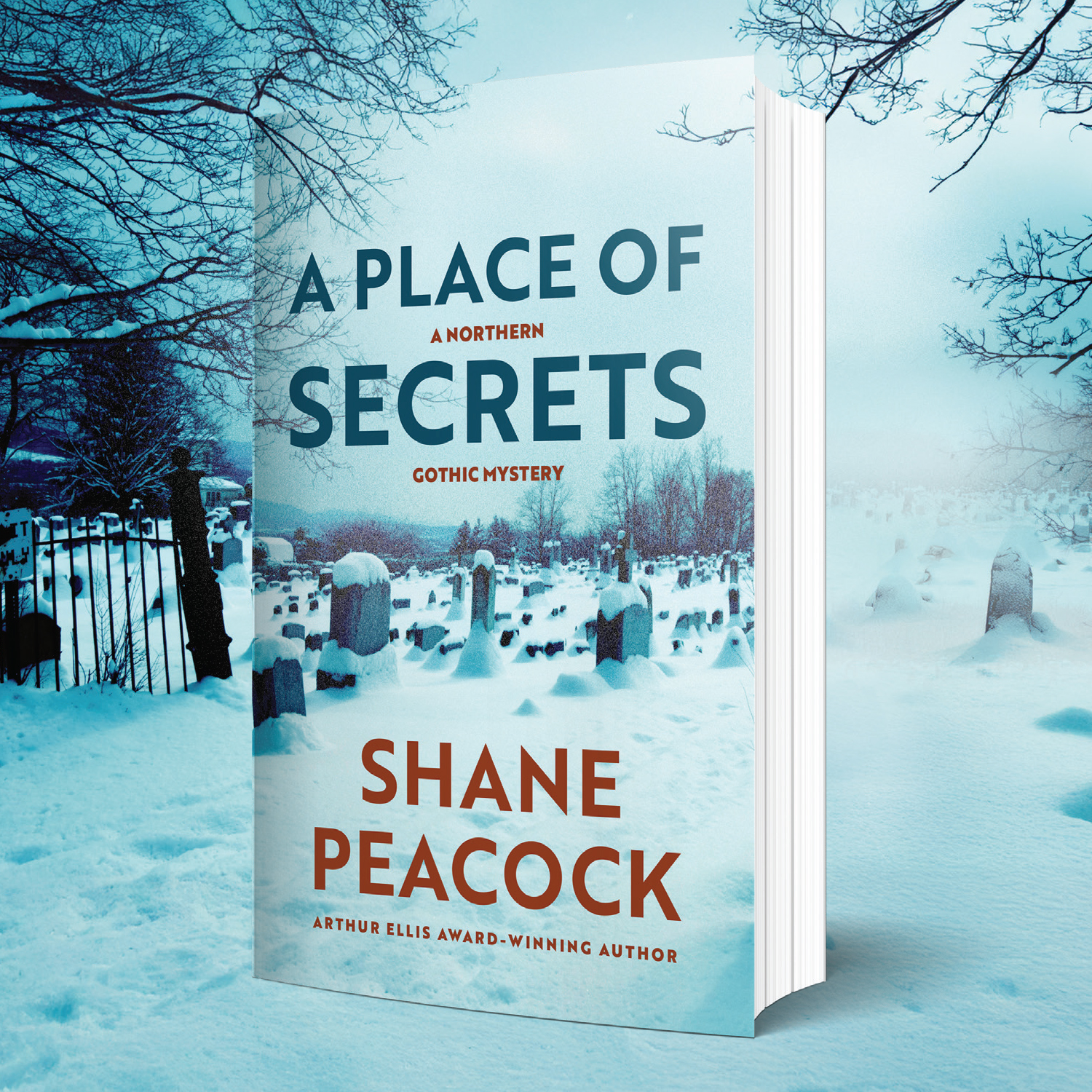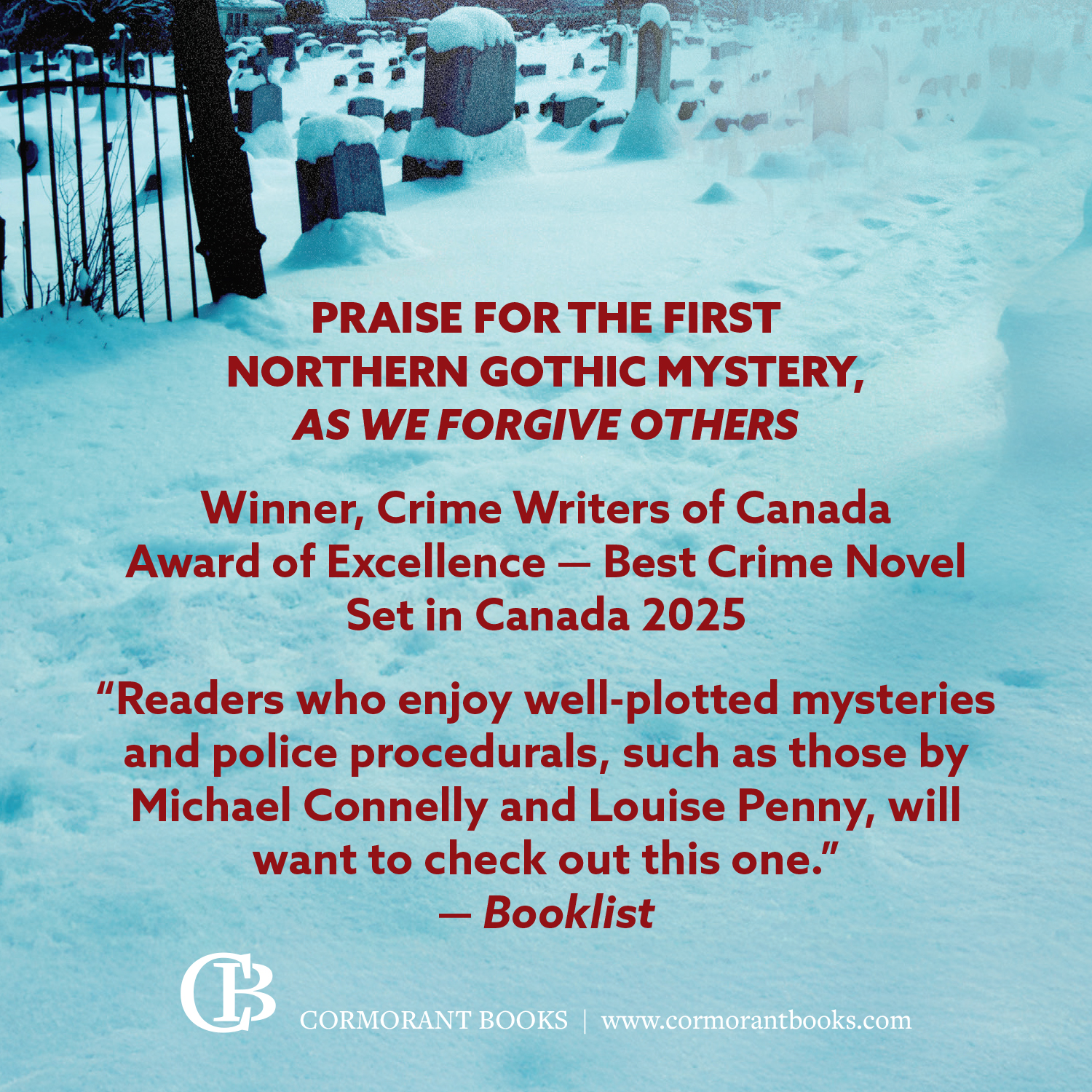Whether it’s Golden Age giants or great lost novels, there’s always another crime classic waiting to be discovered. If Classics in September has opened your eyes to this diverse literary canon, then there’s a new edition of an ambitious book that provides an indispensable insight into the art of crime writing and truly inspirational authors.
Books to Die For, edited by John Connolly and Declan Burke, has become my bible of crime writing. A couple of years ago, I attended the London launch for this collection of essays and it soon became clear the daunting project was a labour of love for its editors. The idea was simple: Connolly and Burke would appeal to contemporary crime writers from around the world to nominate the book in the genre that is most important to them. These 121 recommendations range from Edgar Allan Poe’s The Dupin Stories in 1841 to The Perk by Mark Gimenez in 2008, though the focus is on the 20th century greats.
What, no Big Sleep?
At their best, these essays combine a passionate argument for a unique book with a revealing glimpse of the writing life of the advocate. The editors were not looking for a definitive reading list, so there are bound to be questions raised about omissions such as The Big Sleep by Raymond Chandler (pictured). But Chandler is certainly not forgotten and there’s no mistaking Michael Connelly’s obsession for the later novel The Little Sister (1949). Connelly reveals how his own writing was specifically shaped by chapter 13 – lucky for him.
What’s rewarding about these essays is the crime writing double act they each comprise: the contemporary author partnering with the writer who gave them something to aim for. So there’s the late, great Elmore Leonard (pictured) on The Friends of Eddie Coyle (1972) by George V Higgins. Linwood Barclay pens a touching tribute to Ross Macdonald, who mentored the young author following a fan letter. And, for his appreciation of I Was Dora Suarez (1990), Ian Rankin recalls meeting Derek Raymond in London’s Murder One bookshop – and you might not have expected the author of seamy British noir to sign a novel to Rankin with ‘love’.
Be warned, though – this is a dangerous book. Within hours of reading Linwood Barclay on The Goodbye Look (1969) and John Connolly on The Chill (1963), I’d snapped up almost every novel by Ross Macdonald and a biography too. Citations for Friedrich Durrenmatt (The Pledge, 1958), Josephine Tey (The Franchise Affair, 1948; Brat Farrar, 1949) and Margery Allingham (The Tiger in the Smoke, 1952) also had me buying more books for the teetering pile.
Black Mask’s legacy
Of course, many classic crime writers enjoy enduring popularity but there are also authors represented here at risk of being forgotten. Chuck Hogan nominates Fast One (1933), the only novel published by Paul Cain. His story about a man caught between warring gangs was described by Chandler as “some kind of high point in the ultra hardboiled manner”. Both authors wrote for Black Mask magazine along with Dashiell Hammett, who’s also included in Books to Die For: The Maltese Falcon (1929) is nominated by Mark Billingham, while The Glass Key (1931) is the choice of David Peace.
Other 1930s authors were more prolific than Cain but have still suffered from a declining readership. Simon Templar, aka The Saint, a disreputable adventurer and vigilante, appeared in dozens of books by Leslie Charteris and was later adapted for TV starring Roger Moore (pictured) in the 60s. David Downing nominates the eighth book in the series, The Holy Terror (1932), which featured a villain who provided a chilling premonition of the Nazis. It was retitled The Saint vs Scotland Yard in the US.
Where’s the beer?
Arlene Hunt chooses an entirely different investigator from the 1938 novel Too Many Cooks by Rex Stout. Nero Wolfe, an armchair detective and gourmand, is not quite forgotten but these books featuring luscious descriptions of food are certainly due a revival. What’s not to like about a corpulent character whose first words in print are “Where’s the beer?”
The 40s are perhaps the key decade thanks to Chandler, Josephine Tey, Mickey Spillane and James M Cain (also included in 1934 for The Postman Always Rings Twice). In 1946, there was an outing for donnish detective Gervase Fen in The Moving Toyshop by Edmund Crispin (pseudonym of Robert Bruce Montgomery). Ruth Dudley Edwards sums up this comic crime novel as “convoluted, preposterous and ingenious”. The character was partly inspired by Michael Innes, whose own academic investigator featured in Classics in September 2013. Other Gervase Fen books, including Beware of the Trains, Frequent Hearses and Fen Country are available as ebooks by Bloomsbury Reader.
Serial killer classics
Published the year after The Moving Toyshop, you couldn’t get a more contrasting crime novel than In a Lonely Place by Dorothy B Hughes, who created one of the earliest fictional portrayals of a serial killer. Megan Abbott describes it as a “troubling, razor-sharp exemplar of mid-century noir” and suggests it “may be the most influential novel you’ve never read.”
Five years later in the UK, a serial killer story from Margery Allingham was responsible for the “rebirth of British crime fiction”, according to Phil Rickman. The Tiger in the Smoke (1952), which is also JK Rowling’s favourite crime novel, was filmed in 1956. Allingham’s detective, Albert Campion, was missing from the movie version, though.
If you’re wondering about other classic authors, they are almost certainly represented in this richly rewarding volume. Adrian McKinty writes about discovering Patricia Highsmith’s Strangers on a Train (1950) in Belfast Central Library in a summer of sectarian troubles in 1981. Jo Nesbo praises Jim Thompson’s Pop. 1280 (1964), while admitting the alcoholic author’s novels were inconsistent. And Paul Charles recalls tracking down Last Bus to Woodstock (1975), the first of Colin Dexter’s Inspector Morse novels, in a Milan bookshop.
There are many more classics to discover thanks to these insightful advocates, and there’s additional material online at www.bookstodiefor.net including videos and titles that didn’t quite make the final cut. The campaign by Connolly and Burke to keep classic crime alive continues with a new paperback edition of Books to Die For this month. It’s an expert guide that every crime lover needs.



